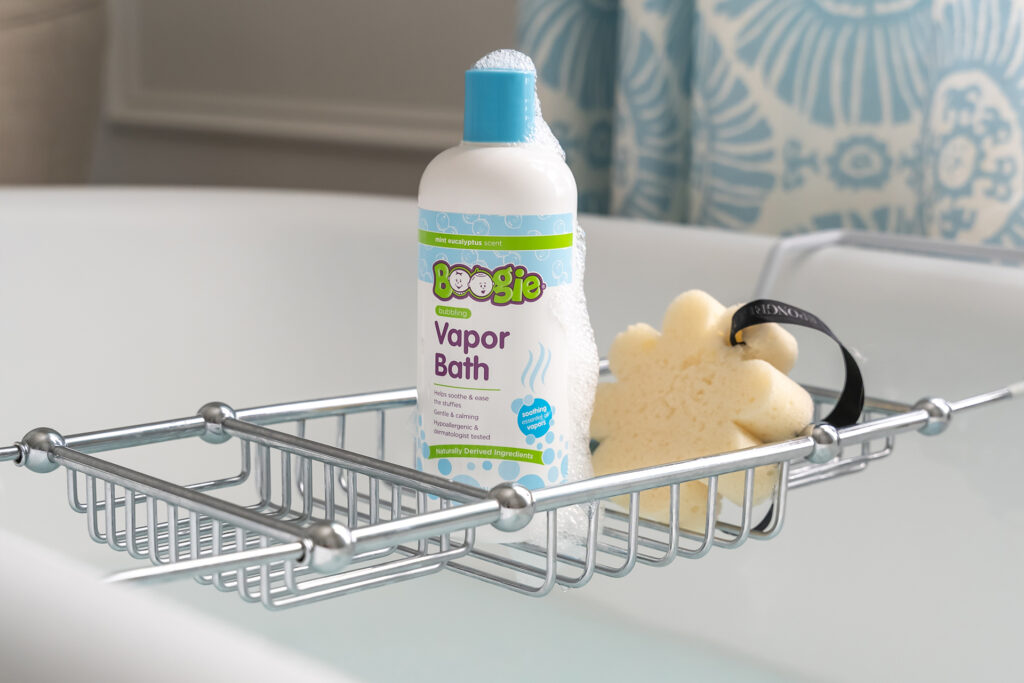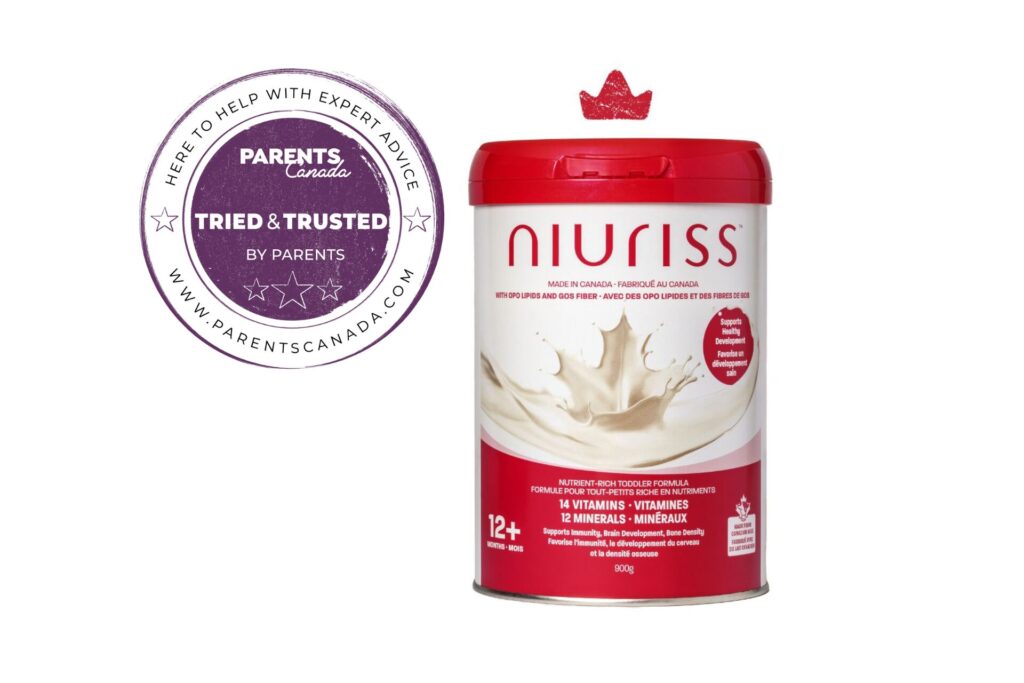 It’s how little ones learn about the world, but also a major safety issue.
It’s how little ones learn about the world, but also a major safety issue.
For
a toddler, the world is to be explored, but because much of that
exploration is done orally, it’s also full of potential choking hazards.
Choking occurs when a foreign object – such as a hard piece of food –
gets stuck in
the trachea (the windpipe) instead of the esophagus (the food pipe).
Sometimes it can be expelled through coughing if it hasn’t travelled
past the epiglottis at the top of the trachea. At other times the object
blocks the airway completely. Choking can happen in a split-second –
even while a parent is watching close by – and it can be fatal.
According to Safe Kids Canada, the national injury prevention program of
SickKids Hospital in Toronto, an estimated 44 children under the age of
14 die every year in Canada from choking, suffocation and
strangulation.
Nearly half of all hospitalizations of Canadian
children that are related to choking are due to food, and the majority
of those occur in children under three. Toddlers are still learning to
chew and swallow food, and most don’t start getting their molars until
somewhere between 12 and 18 months of age. Even before 12 months of age,
babies may be able to bite off a piece of food with their front teeth,
but don’t have molars to grind or mash it. “For that reason, kids under
three should not be given foods that are round, hard or crunchy,” says
Lisa Okun, coordinator of partners and programs at Safe Kids Canada.
“They should also be supervised and sitting at the table or high chair
while eating – not running or walking around. They could laugh or inhale
sharply and the food could go down the trachea or be aspirated into the
lungs.”
But food isn’t the only thing toddlers choke on. Around
the house, choking hazards abound, from buttons to coins to toys. “Our
rule of thumb is if something fi ts through a toilet paper roll, it’s
too small to be left within reach of your child,” says Lisa. Parents
must be vigilant about toys, especially ones left out by older children.
When a warning label says, ‘Not suitable for children under three
years’, it’s not a reference to the child’s skill level; it means there
are small parts that may present a choking hazard. Toys should also be
checked regularly for wear and tear. A tear in the seam of a favourite
teddy bear may reveal cotton or beaded stuffing that a child could choke
on.
Since choking treatment depends on the child’s age and what
they’ve swallowed, Lisa recommends that parents take a CPR course with
their local Red Cross or St. John’s Ambulance, and take regular
refresher courses as their children get older. Contact your local public
health unit or municipality to find out about a course near you.
How to prevent toddlers from choking
Food Tips
- Avoid
hard, crunchy foods like nuts, popcorn, seeds, hard candy, or raw
carrot sticks and other hard fruits and vegetables (like apples and
pears) unless they are grated or cooked and mashed. - Grapes should be sliced and quartered.
- Hot dogs should be sliced lengthwise and then cut into bite sized pieces.
- Remove bones from meat and fish.
- Spread nut butters very thinly on bread or crackers – dollops of peanut butter can get caught in the throat.
- Monitor how much food your child puts in his mouth – encourage him to take small bites and chew adequately before swallowing.
- Do not feed a child under three in the car if you are driving, as they can’t be properly supervised
- Don’t attempt to feed your child if he is laughing or crying.
Other Tips
- Keep balloons away from small children; if they burst, the fragments can be a choking hazard.
- Make sure mobiles are out of the child’s reach, even when standing in the crib.
- Keep the baby powder container out of your child’s hands – if she shakes it, the powder can get lodged in her throat.
- Watch teething medications, which can numb the mouth and throat, and interfere with swallowing.
Originally published in ParentsCanada, May/June 2012









